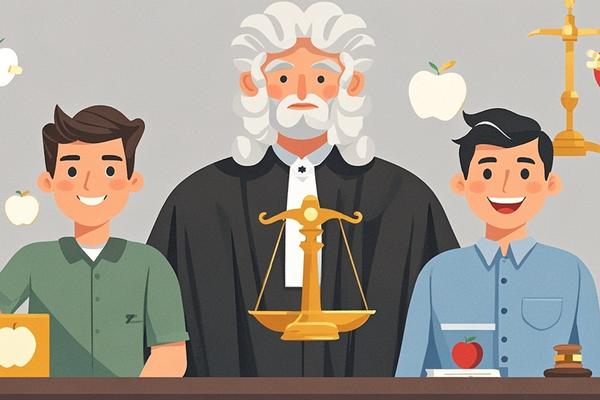The user wants a detailed analysis and professional report, over 1000 words, in simplified Chinese, based on the provided 36氪 article title: “iPhone 充值「更贵」的时代有望终结,但苹果税不会消失”.
I need to structure the response with an engaging opening, clear subheadings for the main body, and a strong concluding section. The language should be accessible and creative, avoiding jargon. I must incorporate information suggested by the title and the potential content of such an article (focusing on changes to app store pricing, the persistence of the “Apple tax” or commission, and the implications for developers and users). I should avoid an opening title and conversational filler.
Plan:
* The era of “more expensive” top-ups (in-app purchases, subscriptions) on iPhones might end. This likely refers to pricing tiers or regional pricing adjustments.
* The “Apple tax” (the commission Apple takes) will not disappear. This implies the core business model remains intact.
* `iPhone 充值 更贵 终结 苹果税 不会消失 36氪` (Direct title search)
* `苹果 App Store 定价 调整` (Apple App Store pricing adjustments)
* `苹果 税 佣金 变化` (Apple tax commission changes)
* `App Store 开发者 收益` (App Store developer revenue)
* Opening: Hook the reader by acknowledging the common experience of paying for apps/services on iPhones and hinting at potential changes and unchanging realities.
* Section 1: 告别“高价”充值?(Farewell to “High-Priced” Top-ups?): Discuss what might make iPhone top-ups “more expensive” and how this era might end. This could involve changes to pricing tiers, regional pricing flexibility, or developer control over pricing.
* Section 2: “苹果税”的坚守与变迁(The Persistence and Evolution of the “Apple Tax”): Explain what the “Apple tax” is (the 30% or 15% commission) and why it’s unlikely to disappear entirely. Discuss any *potential* minor changes or controversies surrounding it (e.g., legal challenges, alternative payment options in specific regions – though the title suggests it *won’t* disappear, so focus on its persistence).
* Section 3: 开发者与用户的两重天(A Mixed Bag for Developers and Users): Analyze the impact of these potential changes (pricing flexibility) and the unchanging reality (the commission) on both app developers (revenue, strategy) and end-users (pricing, accessibility).
* Section 4: 苹果生态的基石与挑战(The Cornerstone and Challenges of the Apple Ecosystem): Broader discussion on how these policies fit into Apple’s overall ecosystem strategy, balancing control, revenue, and developer relations, and the challenges it faces.
* Conclusion: 未来的回响(Echoes of the Future): Summarize the key takeaways – some relief on pricing *might* come, but the core financial model for Apple through commissions remains. End with a thought-provoking sentence about the future of the App Store.





